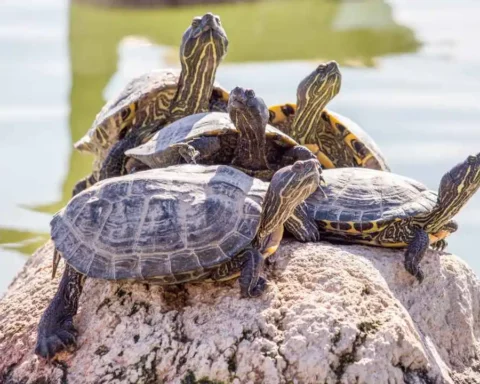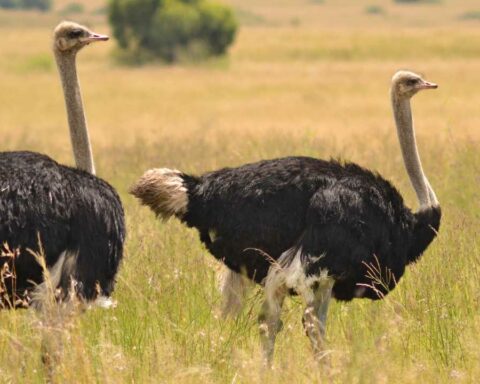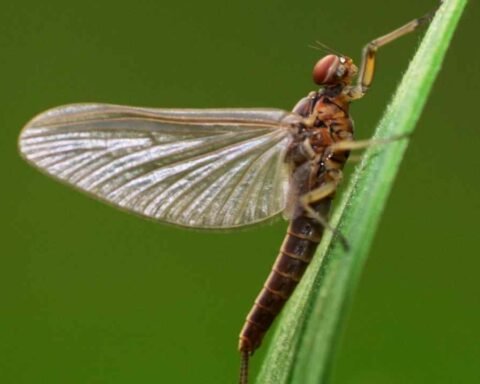Are polar bears carnivores? The simple answer is yes. Polar bears are indeed carnivores, relying heavily on a diet of seals and other marine mammals to survive in the harsh Arctic environment. Their status as top predators in the Arctic ecosystem is a clear indication of their carnivorous lifestyle. In this article, we will explore the various aspects that affirm the polar bear’s position as a carnivore, from their hunting techniques to their role in the ecosystem.
Are Polar Bears Carnivores
Specific Prey Items in Their Diet
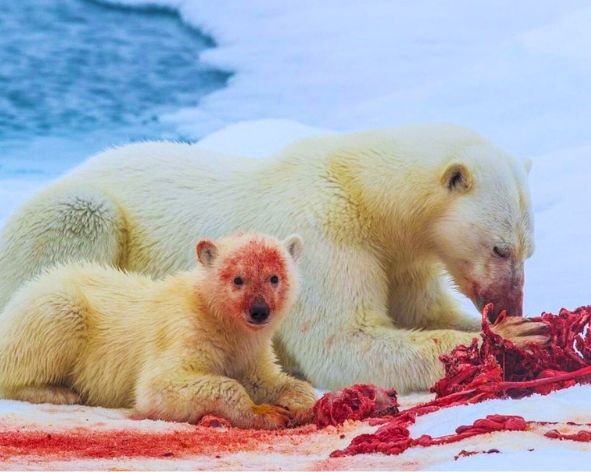
When it comes to food, polar bears aren’t picky eaters, but they do have their favorites. Their diet mainly consists of seals, which are abundant in the Arctic region. The ringed seal, with its high-fat content, is a particular favorite, providing the bears with the energy they need to survive in their cold habitat. Occasionally, they also feast on bearded seals and other marine mammals. During the summer months, when seals are harder to come by, polar bears might resort to scavenging on carcasses or eating birds’ eggs and vegetation, but these don’t form a significant part of their diet.
Hunting Techniques and Strategies
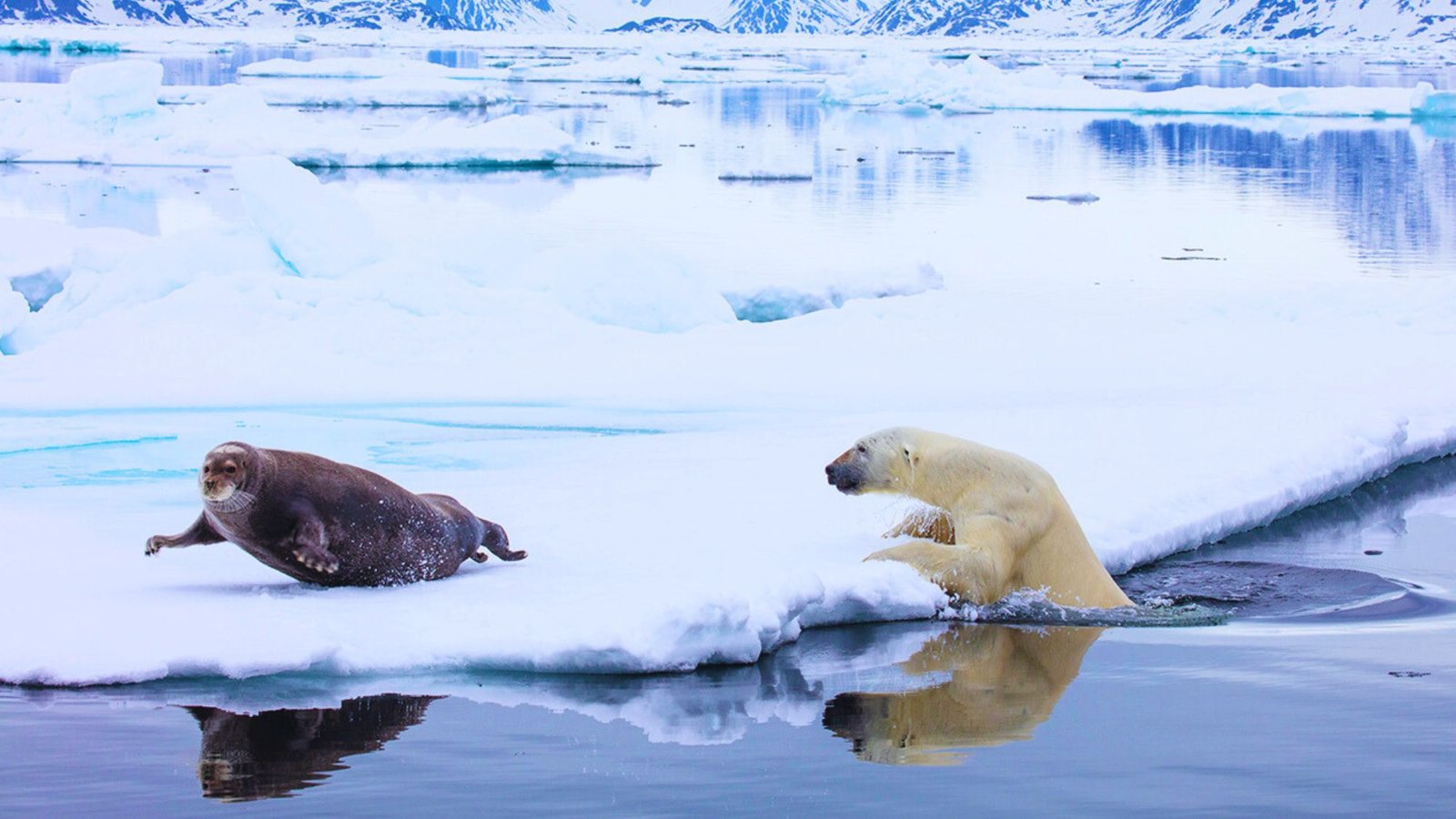
Polar bears are known for their remarkable hunting skills. They primarily use two techniques: still-hunting and stalking. In still-hunting, they wait patiently near a seal’s breathing hole in the ice, ready to grab the seal when it comes up for air. This requires a lot of patience and can sometimes take hours. Stalking, on the other hand, involves the bear slowly creeping up on a seal that is basking on the ice, using the natural contours of the landscape for cover. Once close enough, they use their powerful limbs to sprint towards their prey, attempting to catch it off guard.
Digestive System Adaptations to a Carnivorous Diet

To thrive on a meat-rich diet, polar bears have developed a digestive system that is well-suited to process large quantities of fat and protein. Their stomachs can expand significantly, allowing them to consume a substantial amount of food in one sitting – a necessary adaptation given the sometimes sporadic availability of prey in the Arctic. Their liver and kidneys also play a crucial role in breaking down the high levels of protein found in their diet. Moreover, their sharp teeth and strong jaws are perfectly designed to tear through the flesh and bones of their prey, making the most of each hunting opportunity.
Diet Comparison with Other Bear Species

When we look at the bear family, it’s quite fascinating to see the variety in their diets. While polar bears predominantly feast on meat, their cousins have a more varied diet. For instance, the giant panda almost exclusively eats bamboo, making it a herbivore. On the other hand, grizzly bears are omnivores, enjoying a mixed diet that includes berries, plants, fish, and small mammals. Black bears have a similar omnivorous diet, with a preference for fruits, nuts, and insects, but they won’t say no to a nice salmon if the opportunity arises. Compared to these species, the polar bear’s diet is heavily meat-based, showcasing a clear carnivorous preference that is vital for their survival in the Arctic’s harsh conditions.
Unique Adaptations that Facilitate a Carnivorous Diet
Polar bears have developed several unique adaptations that give them an edge as carnivores. Their sharp, powerful claws are not just for gripping onto the ice; they are also excellent tools for catching and holding onto slippery prey. Their strong, muscular bodies, particularly their forelimbs, allow them to be powerful swimmers, capable of covering long distances in search of food. Their keen sense of smell is another remarkable adaptation, helping them locate prey from miles away. Additionally, their teeth are structured to rip and tear flesh easily, with large canines for grabbing prey and sharp molars for shearing meat. These adaptations, combined with a digestive system optimized to extract the maximum nutrition from a high-fat diet, make polar bears highly specialized carnivores, perfectly suited to their icy home.
Evolutionary Adaptations that Have Led Them to Become Carnivores
Over thousands of years, polar bears have undergone numerous adaptations that have finely tuned them to be efficient carnivores. Initially branching off from their brown bear ancestors, polar bears have evolved to master the art of survival in the Arctic. Their bodies have grown larger and more robust, allowing them to store more fat and endure the harsh cold. Their fur, which appears white, helps them blend into the snowy surroundings, giving them an advantage while hunting. Their noses have developed to have an extraordinary sense of smell, capable of detecting prey from miles away. Moreover, their powerful limbs not only aid in swimming vast distances but also give them the strength to swiftly catch and overpower their prey. These evolutionary changes have been driven by the necessity to exploit the rich marine mammal resources available in their Arctic habitat, steering them firmly on the path of carnivory.
Comparison with the Ancestral Diet of Bears
When we trace back to the roots of the bear family tree, we find that the ancestral diet of bears was quite varied, encompassing both plant and animal matter. Early bear species were omnivorous, with a diet that included fruits, nuts, roots, insects, and smaller mammals. As polar bears branched off and migrated to the Arctic, their diet underwent a significant shift, focusing more on the abundant marine mammal resources available in the region. This transition to a carnivorous diet was a gradual process, influenced by the changing environmental conditions and the need to adapt to a new ecological niche. Compared to their ancestors, polar bears have embraced a diet that is high in fat and protein, a necessary adaptation that fuels their energy-intensive lifestyle in the Arctic.
Role in the Ecosystem as Apex Predators
Polar bears play a significant role in maintaining the health and balance of the Arctic ecosystem. As apex predators, they help in regulating the population of marine mammals, primarily seals, in the region. By keeping the seal population in check, they prevent overgrazing of the primary food sources of these marine mammals, thereby promoting a healthy and vibrant ecosystem. Moreover, the remains of their hunts, which often wash ashore, provide vital nutrients to other organisms in the Arctic, including birds and smaller mammals, fostering a cycle of nourishment that benefits the entire food web.
Balance of the Food Chain and Their Role in Controlling Prey Populations
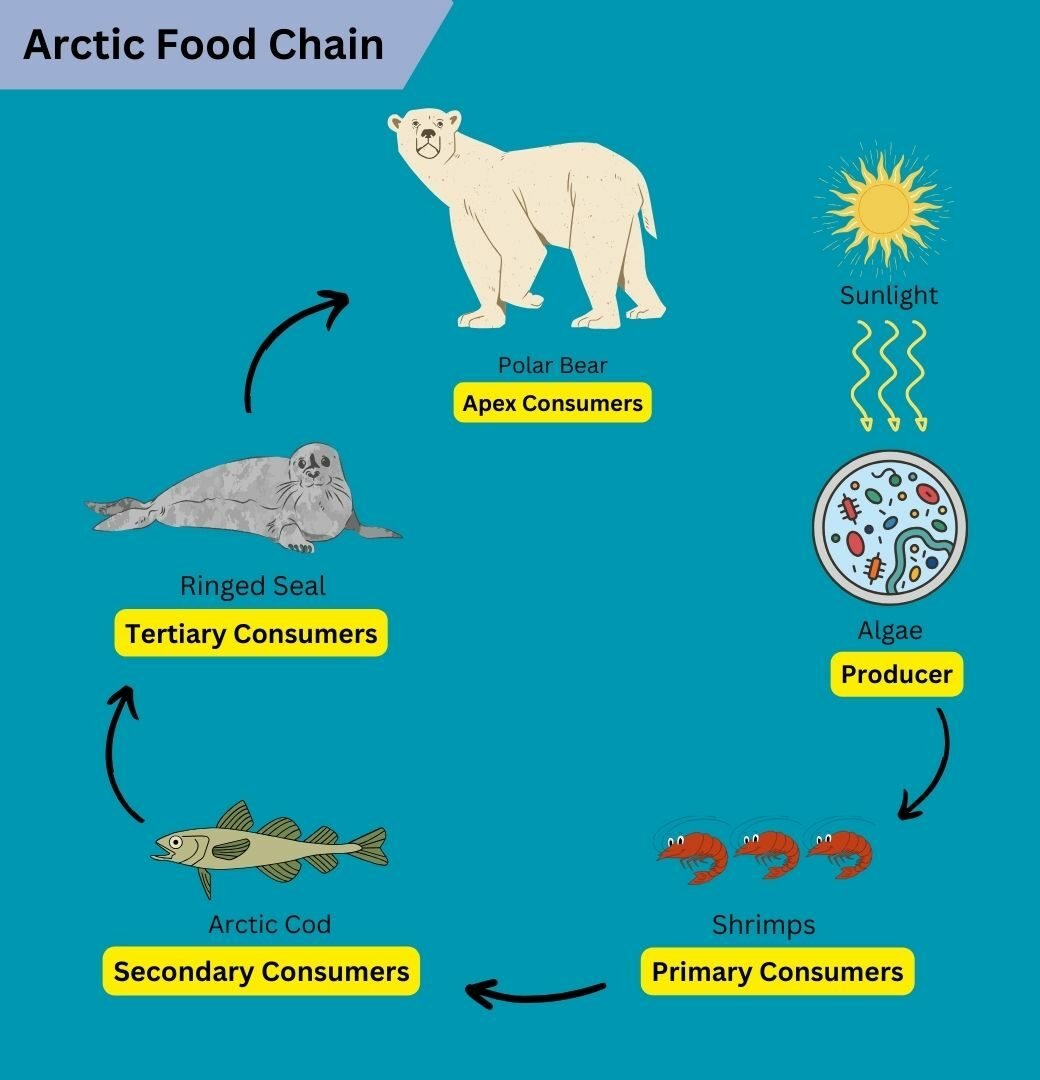
In the grand scheme of the Arctic food chain, polar bears are at the top, and their predatory habits have a trickle-down effect that maintains a balanced and thriving environment. Their role as controllers of prey populations is vital. By hunting seals and other marine mammals, they help to ensure that these populations do not grow too large, which could potentially lead to overexploitation of marine resources and habitat degradation. This balance is crucial in preserving the delicate equilibrium of the Arctic ecosystem, where changes can have far-reaching impacts. Furthermore, their predatory role helps in fostering a healthy genetic diversity among prey populations, as they often target the sick, old, or weaker individuals, allowing the fittest to survive and reproduce. Through this natural selection process, polar bears contribute to the overall health and vitality of their ecosystem, showcasing the intricate and interconnected relationship between predators and prey in the wild.


